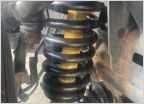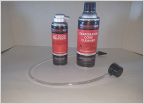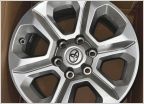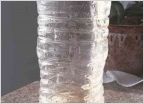-
Welcome to Tacoma World!
You are currently viewing as a guest! To get full-access, you need to register for a FREE account.
As a registered member, you’ll be able to:- Participate in all Tacoma discussion topics
- Communicate privately with other Tacoma owners from around the world
- Post your own photos in our Members Gallery
- Access all special features of the site
Wheels and mpg
Discussion in '2nd Gen. Tacomas (2005-2015)' started by John Ka, Jun 3, 2015.


 Uca question post lift installation
Uca question post lift installation Moisture smell with A/C
Moisture smell with A/C New brake drums on old shoes
New brake drums on old shoes OEM 17” 4Runner wheels on my 2013?
OEM 17” 4Runner wheels on my 2013? Oil catch can mod
Oil catch can mod








































































